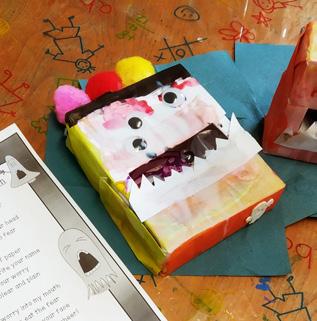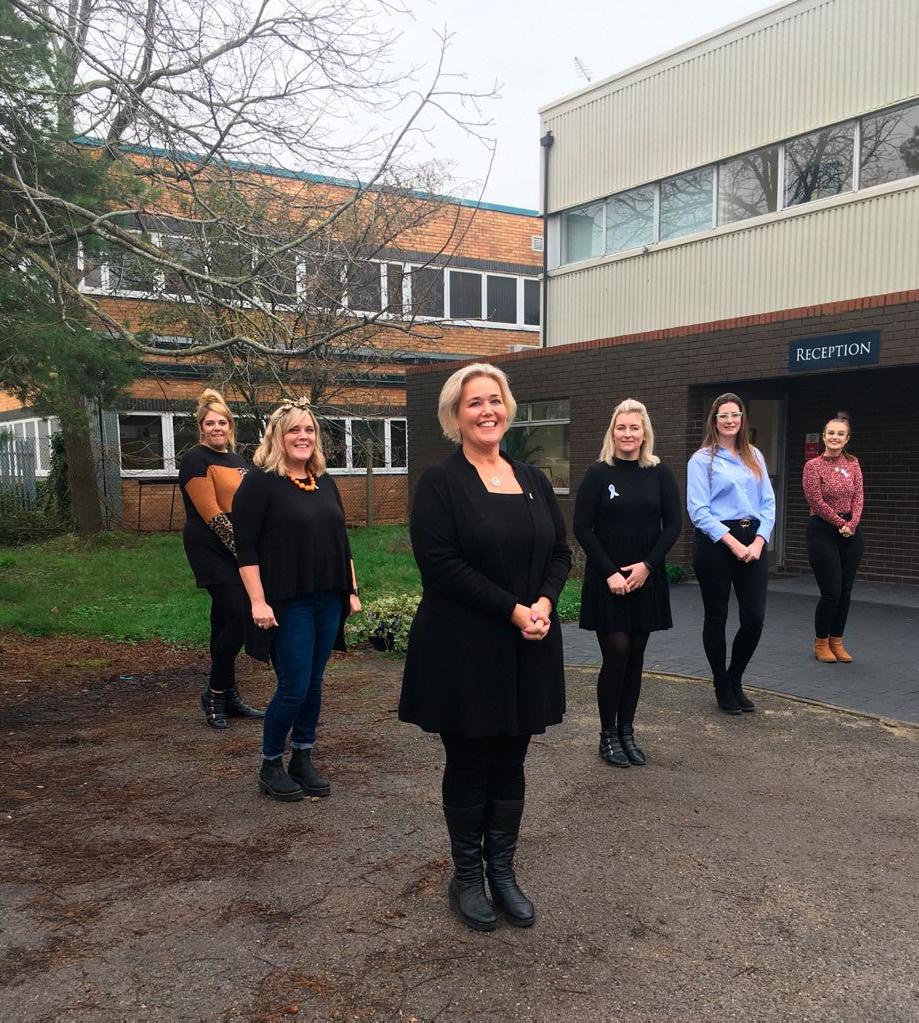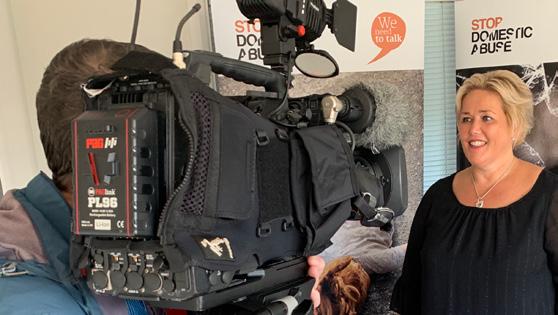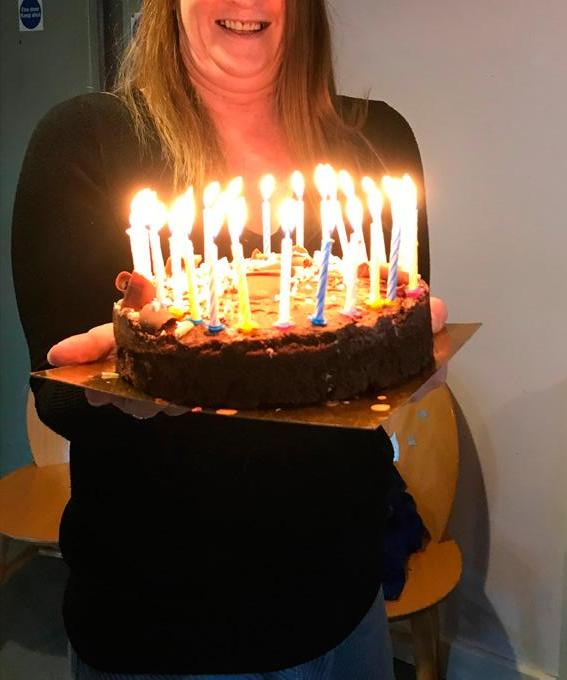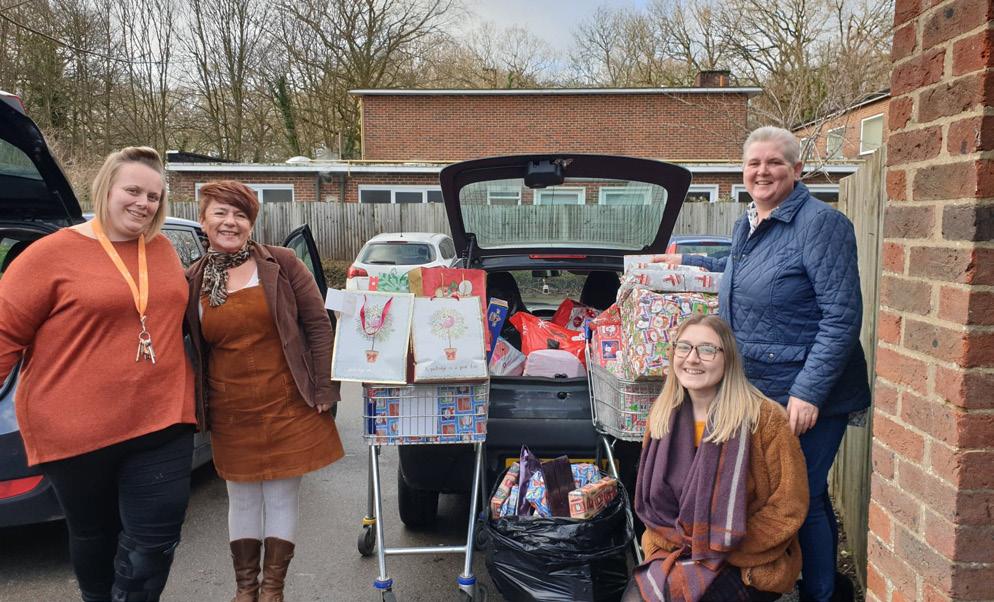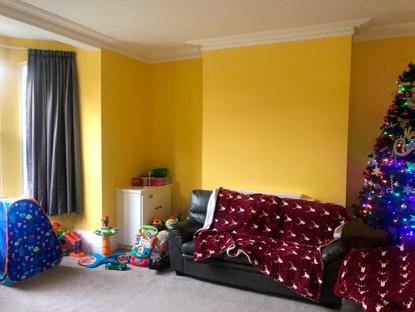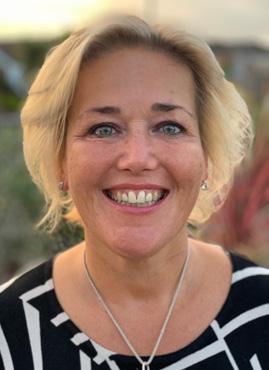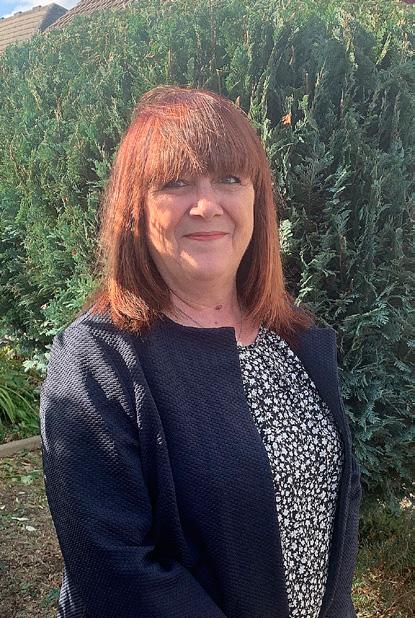A Day in the Life of a Children and Young Person’s Worker
My name is Chris. I’ve worked for Stop Domestic Abuse for over three years as a Children and Young Person’s Outreach Worker. I work with school and college children aged four to 17.
PAGE 20
I support their emotional needs and help manage their safety and wellbeing. 8:30am: The day starts with a strong mug of tea while I check the news headlines. I’m heading straight to some appointments rather than going to the office first, so I double check I have all I need before heading out. Every day is different so I never know quite what it will bring, 9:15: My first appointment is at a local infant school. I’m meeting a five-year-old girl for the first time. She witnessed her dad strangling her mum. Her mum and her teacher are concerned that she has become a lot quieter, which is why a referral to Stop Domestic Abuse has been made. For younger children, I keep the sessions short, no more than half an hour, so they don’t get bored or overwhelmed. A teaching assistant introduces me to Maddison. I ask her if she understands why I’m here. She says it’s because her daddy wasn’t nice to mummy and that made her sad. I tell Maddison that she’s right and that I have some activities and games for us to do together. I explain that I won’t tell anyone what she tells me unless I need to in order to keep her safe. It’s really important to build rapport quickly with children so
we play a few ice breaker games. Maddison is a little shy but while playing she becomes chattier and laughs along with me! We then complete the POWeR form (Personal Outcomes and Wellbeing Record). Maddison identifies that she sometimes feels scared for herself and for others. Maddison starts to get distracted so we move on to the next activity ‘helping hand’. For this activity, I ask Maddison to draw round her hand and then write the names of people she feels happy and safe talking to. Maddison identifies her mum, grandma, grandpa and teacher. We speak about what number to call in an emergency and Maddison knows to phone 999. I tell Maddison I’ll see her next week.
STOP DOMESTIC ABUSE
9:45: I head to my next appointment which is at a junior school with a nine-year-old boy called Danny. This is our second session. 10:15: We explore ‘what is worry’. This game gives Danny the opportunity to talk about a few of the things he is worried about and how it makes him feel. Danny is agitated and he tells me that he is worried about his and his mum’s safety. We spend a long time working on his safety plan. We discuss what he could do if he was ever in a scary situation, who he could call and what he could say. Danny identified who he could ask for help. Danny relaxes a little and seems pleased that he knew a lot of the answers to my questions. It is so important to encourage children to identify safe people, to emphasise the importance of talking to others and to recognise that their feelings are normal and justifiable. With this type of support we can empower children to feel more confident. stopdomesticabuse.uk

